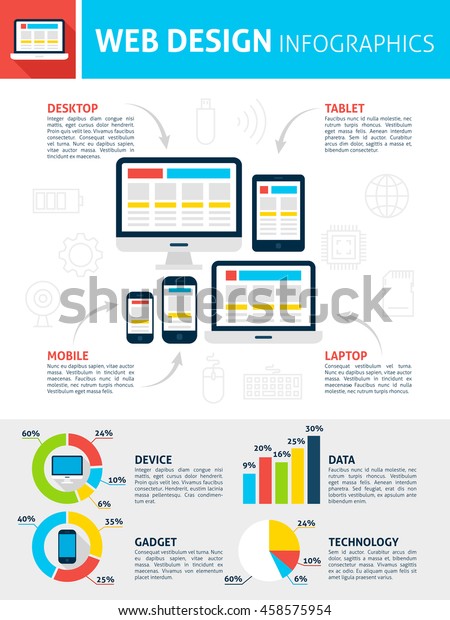Web Site Design: A Journey Via Time.From Modest Beginnings To Contemporary Wonders, Web Site Layout Has Undertaken A Considerable Makeover Over The Years
Web Site Design: A Journey Via Time.From Modest Beginnings To Contemporary Wonders, Web Site Layout Has Undertaken A Considerable Makeover Over The Years
Blog Article
Write-Up Produced By-Dalrymple Harding
In the past, web sites were simple and concentrated on details. Navigation was direct, and style was for desktop computers. Currently, customer experience is key. Information guides designs for very easy navigation. Responsive designs suit different tools. Today, dark mode decreases pressure, and minimal food selections enhance navigating. Interactive functions involve customers, and bold visuals attract attention. AI combination boosts engagement. See how design has progressed to boost your online trip.
Early Days of Website Design
In the very early days of web design, simpleness reigned supreme. Websites were fundamental, with limited colors, fonts, and layouts. The emphasis got on giving info instead of flashy visuals. Individuals accessed the web with slow dial-up links, so rate and capability were vital.
Navigation menus were straightforward, normally located at the top or side of the web page. Websites were created for desktop, as mobile browsing wasn't yet prevalent. Material was king, and developers focused on easy readability over complicated design aspects.
HTML was the main coding language utilized, and developers had to work within its constraints. Computer animations and interactive functions were minimal compared to today's standards. Websites were fixed, with little vibrant material or customized customer experiences.
Surge of User-Focused Style
With the evolution of internet site design, a change in the direction of user-focused layout concepts has actually become increasingly popular. Today, developing sites that prioritize user experience is vital for engaging visitors and accomplishing company objectives. User-focused layout includes understanding the demands, choices, and habits of your target audience to tailor the internet site's design, content, and features accordingly.
Designers now carry out comprehensive research, such as individual surveys and functionality screening, to gather understandings and responses straight from individuals. This data-driven approach aids in creating user-friendly navigation, clear calls-to-action, and aesthetically appealing user interfaces that resonate with visitors. By social engine optimization at the facility of the style process, web sites can provide a much more individualized and enjoyable experience.
Receptive layout has likewise become a vital facet of user-focused design, guaranteeing that internet sites are maximized for various tools and screen dimensions. This adaptability enhances ease of access and use, catering to the diverse methods customers connect with internet sites today. Basically, the rise of user-focused layout signifies a change towards producing electronic experiences that focus on the requirements and expectations of completion customer.
Modern Trends in Website Design
Explore the most up to date patterns shaping website design today. One noticeable pattern is dark setting layout, using a sleek and modern-day look while minimizing eye strain in low-light environments. discover this info here is minimal navigating, simplifying food selections and improving user experience by concentrating on essential elements. Including micro-interactions, such as computer animated switches or scrolling effects, can create a much more appealing and interactive internet site. Responsive design stays vital, making sure seamless customer experiences across numerous devices. In addition, making use of vibrant typography and asymmetrical designs can add aesthetic interest and accentuate details material.
Incorporating AI modern technology, like chatbots for consumer assistance or individualized referrals, improves individual engagement and improves processes. Access has likewise become a significant trend, with developers prioritizing comprehensive layout methods to deal with varied customer needs. Accepting sustainability by optimizing website efficiency for rate and performance is one more emerging pattern in website design. Collaborating with user responses and data analytics to repeat and boost design continually is important for staying pertinent in the ever-evolving electronic landscape. By accepting these modern fads, you can produce a visually attractive, user-friendly website that resonates with your audience.
Conclusion
As you review the development of internet site layout from the very early days to currently, you can see how user-focused design has actually come to be the driving pressure behind modern-day fads.
Embrace the trip of modification and adjustment in website design, always keeping the user experience at the forefront.
Keep present with the most recent trends and technologies, and never quit developing your technique to create visually sensational and user-friendly internet sites.
Advance, adapt, and create - the future of website design remains in your hands.
